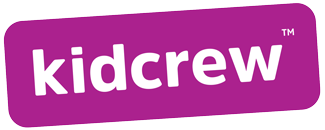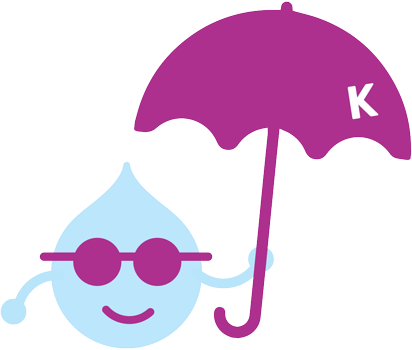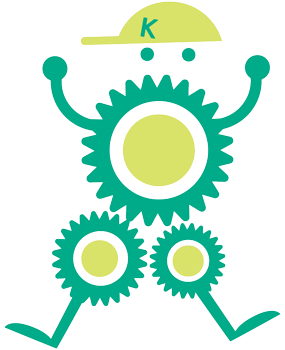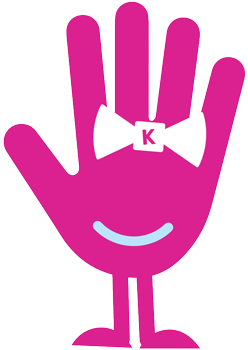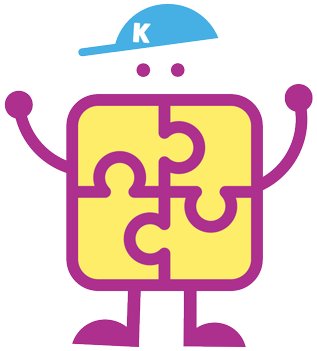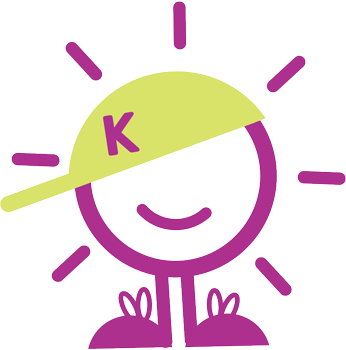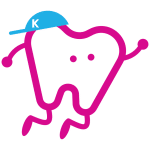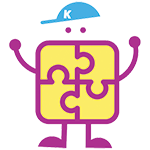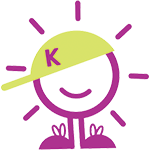As a Lactation Consultant who works in a clinic and community setting, I see babies of all different ages and answer questions from mothers about nursing well beyond the first and second years. Breastfeeding an older baby is fun as they are full of personality and unique quirks, but it comes with questions very different from the newborn stage!
Here are three of the top questions that I get asked:
1. Do I need to pump when I go back to work?
Should you be returning to work before the year mark? The answer is yes.
You will need to pump expressed milk each time that baby feeds while you are away from them. This will help maintain your milk supply. However, the luxury that many Canadian mothers have of staying home for a year (and now 18 months for some mamas!) means that upon a return to the workforce, there is no need to pump.
Baby will likely want to breastfeed as soon as they see you and throughout their time with you, but while you are away, your breasts will figure out that they are no longer needed. In the first few weeks of returning to work, if the mother feels discomfort, hand expressing a little milk will help relieve the breasts until they get used to the time away from the baby.
2. If I am still breastfeeding, will my baby need cow’s milk?
This is one of the best aspects of breastfeeding beyond the year mark. If your baby is breastfeeding at least three times a day, there is no need to worry about them receiving any other kind of milk. After four months, many babies are taking solid food, too.
Between your pumped milk and a well-balanced diet or solid foods, they will receive more than enough of the necessary vitamins and minerals. Breastfeeding mothers do not need to worry about intake from breast milk alone, even if they have done partial weaning. Cow’s milk can be offered in addition to expressed milk or instead of breast milk. Once you stop breastfeeding, alternative milk or whole cow’s milk can be introduced.
3. My baby won’t take a bottle – how will they drink liquid if I am not around? I want to provide expressed breast milk and other milk.
Health Canada’s new guidelines recommend that babies are introduced to a cup at six months. Drinking from a cup, not a bottle, is a life-long skill we all need and is better for the teeth and palate. Even if your baby is exclusively breastfeeding, they can receive pumped breast milk with a cup. As a transition, I have helped many families who have transitioned from breast to doidy cup (a cup with a small spout) to an open-faced cup with much success. Your baby can drink breast milk or cow’s milk or alternative milk from a cup. Even if you stop breastfeeding, you can maintain your milk supply by pumping breast milk.
Do you have questions about the weaning process?
Don’t hesitate to reach out with any other questions or concerns! If you have questions about the weaning process, how to introduce solid foods, how to stop breastfeeding or how to have the most efficient nursing sessions, the Kidcrew lactation team is here to help.
Many new parents stop breastfeeding when they don’t have the support they need. if you have less breast milk than you think you should, you are exclusively breastfeeding but want to start weaning, if you want to continue breastfeeding as your child is getting older or you are going back to work, or you have questions about weaning slowly, we can help.
